
The Modi-led central government has given the green light to the much-debated ‘One Nation, One Election’ proposal, a significant shift in India’s electoral framework that aims to hold simultaneous elections for the Lok Sabha, state assemblies, and local bodies. Here’s a breakdown of the key points:
- What is One Nation, One Election? The proposal seeks to align the election schedules for the Lok Sabha, state assemblies, municipalities, and panchayats, so they are held together, reducing the frequency of elections in India.
- Have simultaneous polls been held before? Yes, India held simultaneous elections for both the Lok Sabha and state assemblies in the first four general elections, from 1951 to 1967. This practice was abandoned in 1967, leading to staggered elections.
- Why ‘One Nation, One Election’? Proponents argue that frequent elections disrupt governance, burden the exchequer, and overburden government officials and security forces. A unified election cycle could streamline processes and reduce disruptions.
- What’s Modi’s stance? Prime Minister Modi has long advocated for simultaneous polls, stressing how frequent elections slow down development and governance. His government has pushed this agenda since 2014.
- What is the high-level panel? A committee led by former president Ram Nath Kovind was formed in September 2023 to explore the feasibility of holding simultaneous elections. It submitted its report in March 2024.
- Key recommendations from the panel? The panel recommends constitutional amendments to synchronize elections for the Lok Sabha, state assemblies, and local bodies. A unified electoral roll and coordination between the Election Commission and state election bodies are also suggested.
- What happens in case of a hung House? In the event of a hung parliament or assembly, fresh elections would be held, but only for the remaining term of that government.
- How will local body elections be synchronized? The elections for municipalities and panchayats will be held within 100 days of the Lok Sabha and state assembly polls, requiring approval from half of India’s states.
- What are the advantages? Simultaneous elections could reduce voter fatigue, increase turnout, and reduce the financial burden on the exchequer.
- Are there international examples? Countries like South Africa, Belgium, and Germany have systems of simultaneous elections, though India’s unique political landscape will require a customized model.
This reform could reshape India’s democratic process, but it will require widespread legal, logistical, and political coordination.




















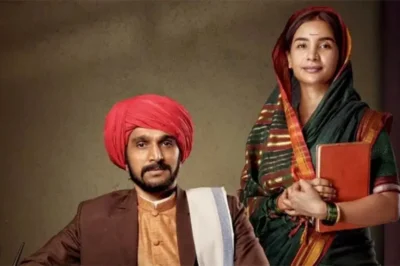








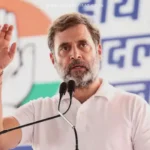


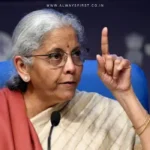


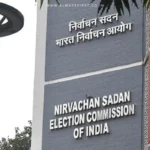
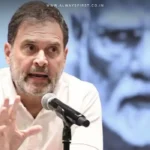



Leave a Reply